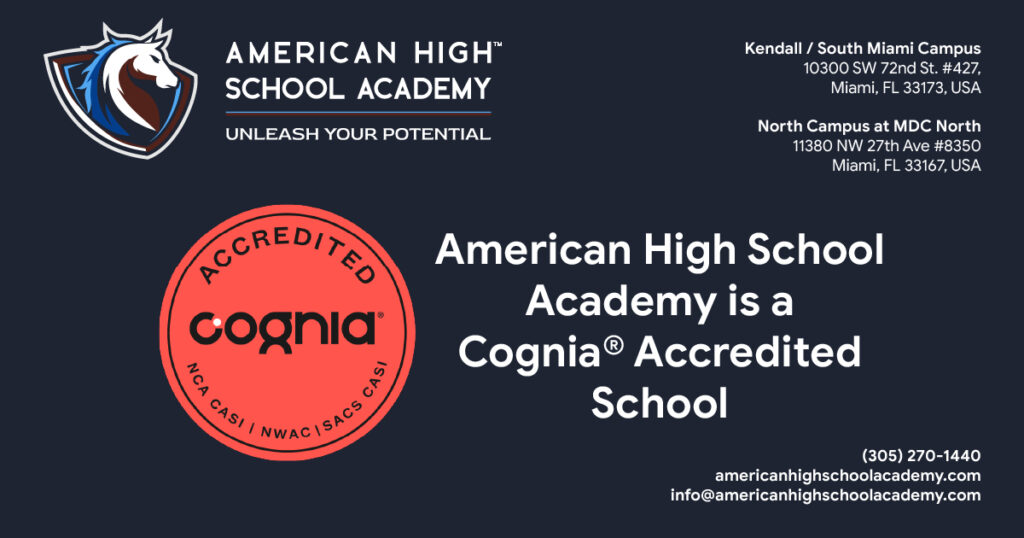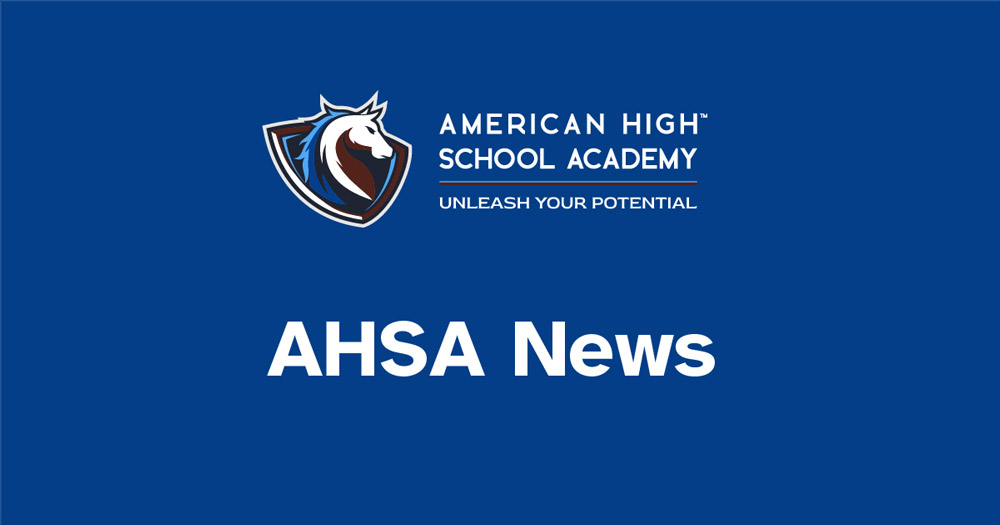
Is a High School Diploma Better Than a GED?
Why Earning a High School Diploma is Better Than a GED
Sometimes life doesn’t go as planned.
Life can be unpredictable, and many students drop out of high school for various reasons. However, earning a high school diploma often becomes necessary to move forward, and it tends to offer more advantages over a GED (General Educational Development) certificate.

Why a High School Diploma is Important
Having a high school diploma signifies that you have completed the required education and possess the necessary knowledge and skills. This credential is highly valued by employers, colleges, and the military, as it assures them of your capabilities.
The Benefits of a High School Diploma Over a GED
Higher Earning Potential: Studies consistently show that individuals with a high school diploma tend to earn more over their lifetimes compared to those with a GED. The Bureau of Labor Statistics reports that high school graduates earn about $4,700 a month on average, while GED holders earn about $3,100. Even GED holders with a college degree earn about $1,400 less per month than those who had a high school diploma before earning their degree.
Better Job Opportunities:
Many employers prefer candidates with a high school diploma over those with a GED, viewing it as a sign of perseverance and commitment. The unemployment rate for Americans with less than a high school diploma is 8%, higher than any other category based on education level.
College Admissions:
Colleges and universities often favor applicants with a high school diploma over those with a GED, as it is seen as a predictor of college success. GED holders often have lower college placement test scores and are less prepared for the rigors of higher education. Statistics show that less than 5% of GED holders who enter college graduate from their programs.
Military Service:
 Enlisting with a GED is more challenging due to higher dropout rates among recruits. The military service dropout rates for GED holders are 45%, compared to 24% for high school graduates. GED holders must score higher on the Armed Forces Vocational Aptitude Battery (ASVAB) compared to high school graduates to be considered. The Air Force enlists less than 1% of recruits without a high school diploma, and other branches like the Marines, Army, and Navy have strict limits on the number they accept.
Enlisting with a GED is more challenging due to higher dropout rates among recruits. The military service dropout rates for GED holders are 45%, compared to 24% for high school graduates. GED holders must score higher on the Armed Forces Vocational Aptitude Battery (ASVAB) compared to high school graduates to be considered. The Air Force enlists less than 1% of recruits without a high school diploma, and other branches like the Marines, Army, and Navy have strict limits on the number they accept.
Social and Emotional Development:
Completing high school provides valuable social experiences and opportunities for personal growth, life skills, and lasting relationships that are not as readily available through obtaining a GED.
Flexible High School Completion Programs
American High School Academy (AHSA) offers a flexible high school completion program designed to meet the needs of diverse learners:
Home-Based and Classroom-based Options:
Whether you prefer to study from home or in a classroom, AHSA offers both options to cater to different learning styles.
Two Convenient Locations:
Including a state-of-the-art facility at Miami Dade College North Campus, with unique opportunities in aviation and air-traffic control.
Dual Enrollment Programs:
These enable students to earn college credits while completing their high school diploma, saving time and reducing the cost of higher education.
Free College Placement Assistance:
AHSA provides all graduates with free college placement assistance to help navigate the college application process.
How to Enroll in AHSA’s High School Completion Program
Enrolling in AHSA’s high school completion program is straightforward:
- Visit the AHSA Website: Navigate to the high school completion program section.
- Contact Admissions: Reach out to the admissions office via phone or email.
- Complete the Application: Fill out the online form with your personal and educational information.
- Schedule an Interview: Especially for specialized programs like Dual College Enrollment or the STEM Aviation/Aerospace Magnet Program.
- Begin Your Journey: Once accepted, you’ll receive all necessary materials and support.
Conclusion
While obtaining a GED is better than having no credentials at all, earning a high school diploma offers more advantages in terms of income, educational opportunities, and job competitiveness. AHSA’s flexible programs and comprehensive support services make it easier to achieve this milestone. Investing in a high school diploma is a valuable step toward a brighter future. Take the first step towards success by enrolling in AHSA’s high school completion program toda
Admissions or Program Questions?
We're Here to Help!

Most students are referred to American High School Academy by their home school district. However, students and family members can contact us directly to learn more or to enroll in our programs.
Contact us Monday - Friday from 9:00 am - 5:00 pm and Saturday 9:00 am to Noon or use our online form to request an appointment to speak with an Admissions Advisor.




